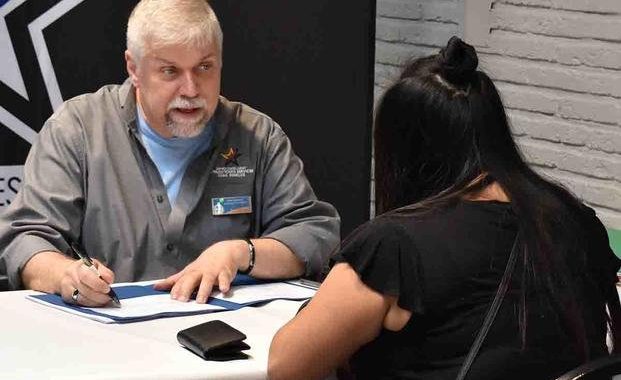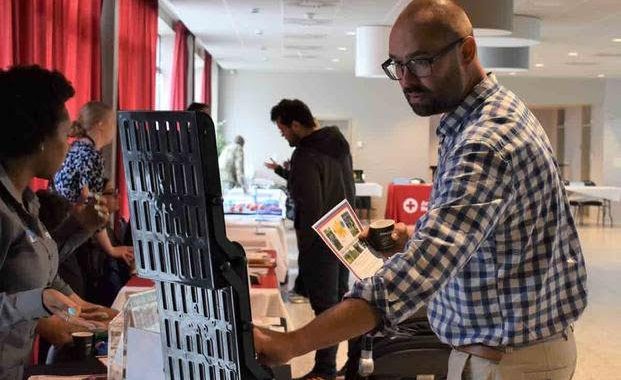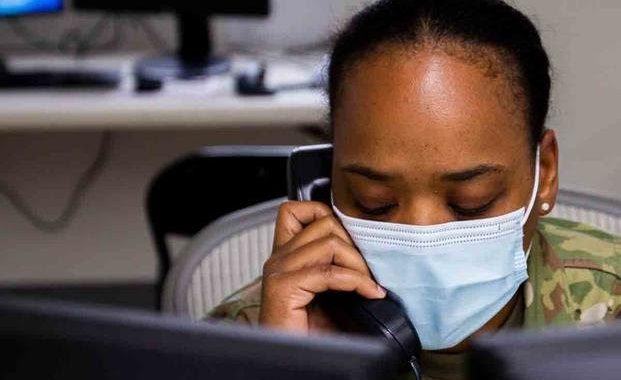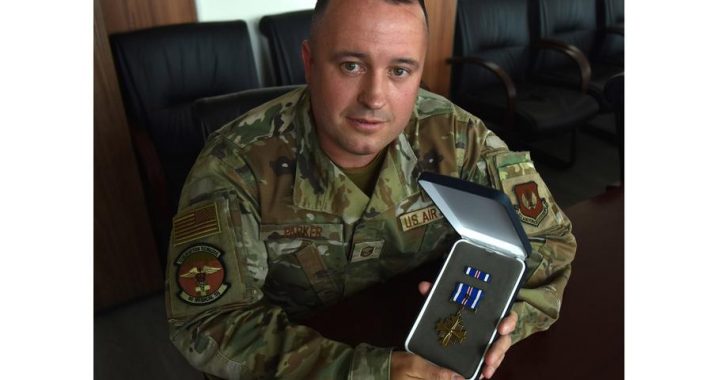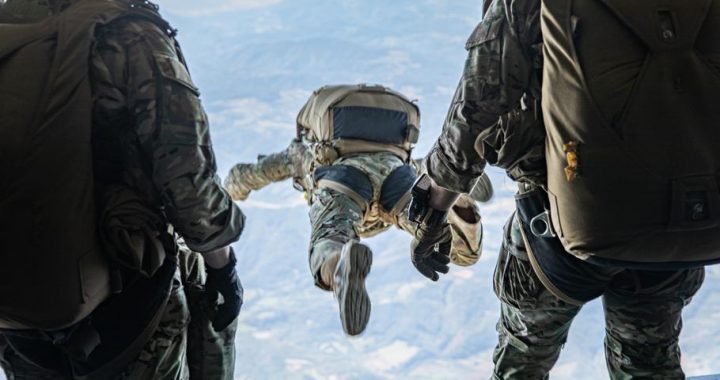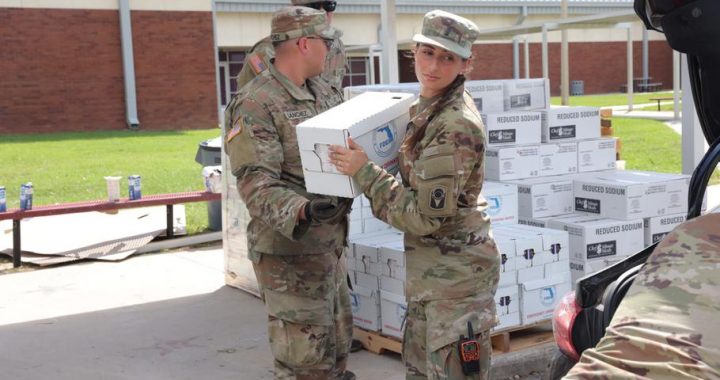Multiservice Medical Personnel Build Skills During Training At Fort McCoy
3 min read
FORT MCCOY, WI, UNITED STATES
Story by Aimee Malone
Fort McCoy Public Affairs Office
Multiservice medical personnel got hands-on training at multiple exercises that took place in August at Fort McCoy with assistance from the installation’s Medical Simulation Training Center (MSTC) and Regional Training Site (RTS)-Medical.
Global Medic is an inter-service training event that provides opportunities for military medical personnel to improve their proficiencies in realistic training environments while combining forces with other service branches and national armies, according to the Army Reserve. It ran in conjunction with Patriot Warrior and Combat Support Training Exercise 86-19-04 at Fort McCoy, bringing in service members from the Army, Navy, Air Force, Marines, and international partners.
The MSTC provides state-of-the-art medical training for both medical and nonmedical personnel, ensuring highly educated, innovative, and adaptive Soldiers.
RTS-Medical is one of three regional training sites available to units in the Army Reserve. The staff members specialize in teaching units how to set up and run all aspects of a combat support hospital (CSH). Soldiers are expected to be able to get a combat support hospital (CSH) running on their own, moving the equipment to the site and building the hospital from bare ground.
RTS-Medical also provides medical training dummies that can simulate patient responses and live-weight dummies that allow service members to recreate the experience of evacuating and treating injured personnel in the field. RTS-Medical staff members train service members in moulage, the art of applying mock injuries for the purpose of training emergency response teams and other medical and military personnel, to add to the realism of the exercise.
RTS-Medical staff members have studied at the same makeup schools as Hollywood artists, said Col. Cynthia Hopkins, site director for RTS-Medical, in a 2018 article.
“Their injuries look extremely realistic,” she said.
Cpl. Katie Spencer with the 865th CSH, based in New York, spent most of her time at a CSH set up at Integrated Tactical Training Base (ITTB) Liberty, learning how to treat patients and manage medical procedures. Operating in an ITTB allows units to simulate the unpredictable nature of a deployed environment. She said Global Medic was a great experience and helped her learn a lot.
“I learned how to do two types of intubation,” she said. “We learned how to unload and treat (patients) from a Blackhawk. We learned how to do FAST (focused assessment with sonography in trauma) exams and ultrasounds.”
The hands-on experience really helped her feel confident about the skills she’s learning, Spencer said. She said she feels much more confident about using her medical skills in a real-world scenario.
“So I’ve learned about intubations in classrooms … but we never actually got to try it,” she said. “This is great because you touch it and you see it on the screen.
“You also have people here to help you,” Spencer said. “I was scared to do it at first.”
Having both instructors and more experienced personnel on hand to first show her the proper process and then correct her methods if needed helped a lot, she said.
Overall, Spencer said, Global Medic was a great training experience.
“Every day, I was excited about learning something else,” she said.
Global Medic participants also interacted with personnel and training scenarios in CSTX 86-19-04 and Patriot Warrior, including aeromedical evacuations. Patriot Warrior allows Airmen the opportunity to train with both joint and international military partners in airlift, aeromedical evacuation, and mobility support, according to the Air Force. CSTX provides Soldiers with an austere, realistic, tactical environment to achieve, improve, and sustain critical premobilization readiness.


